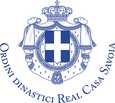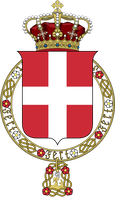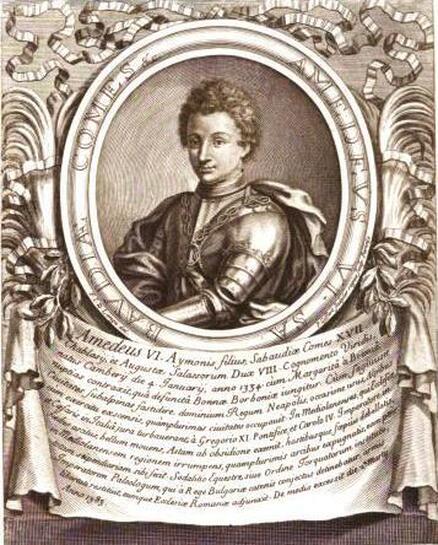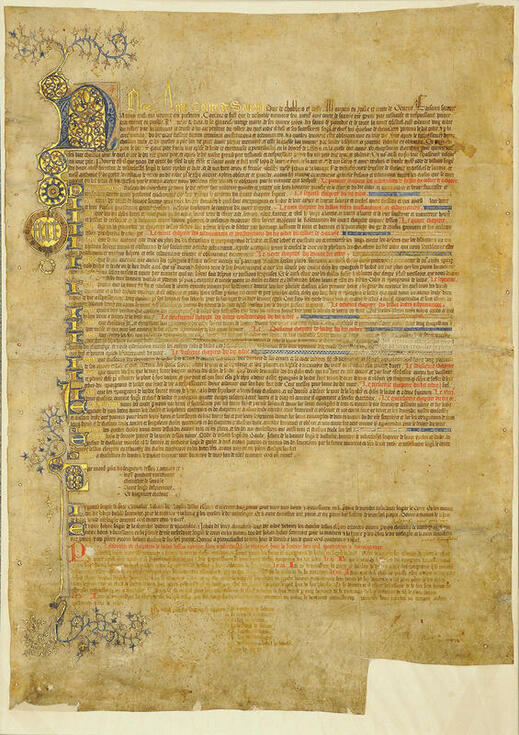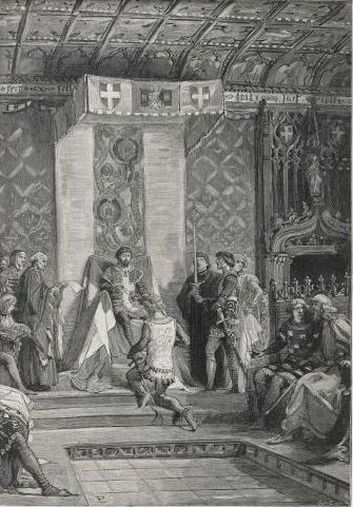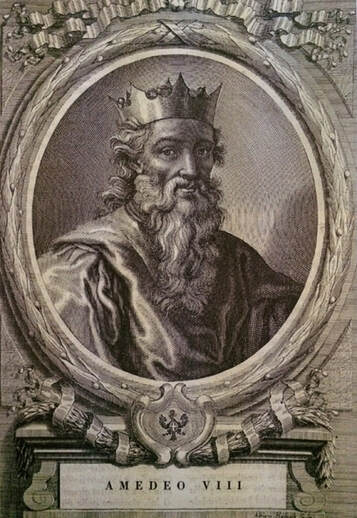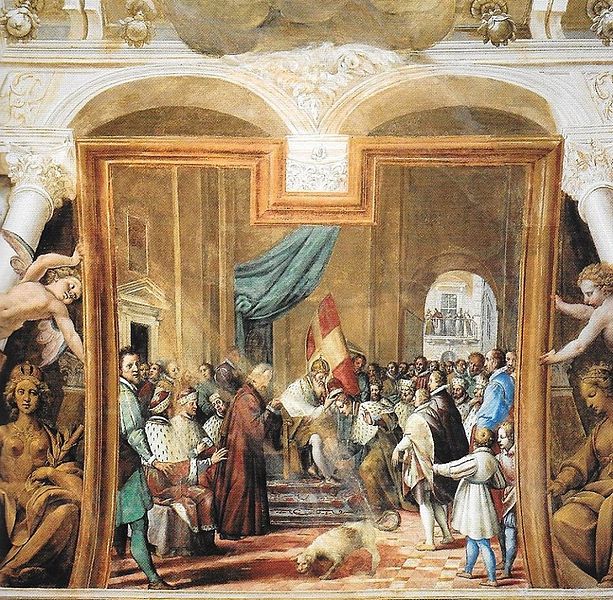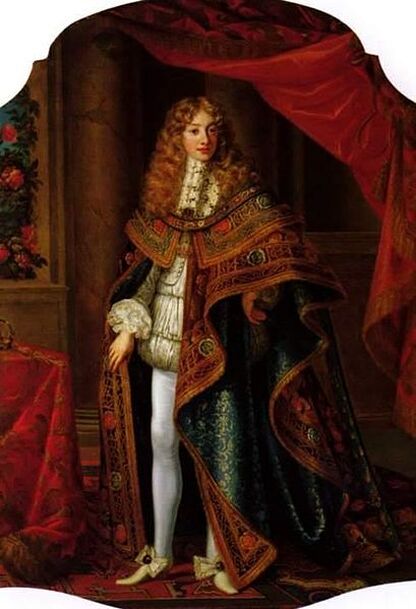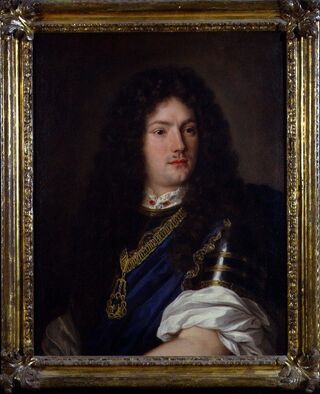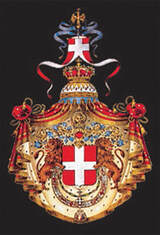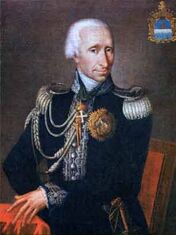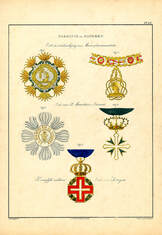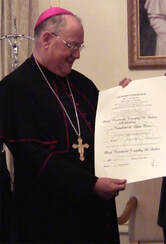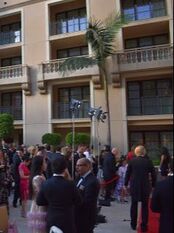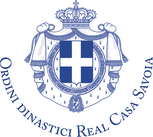American Delegation of Savoy Orders
Supreme Order of the Most Holy Annunciation
Statutes
of the
Supreme Order of the Most Holy Annunciation
|
The Order’s first statutes, imposed by Amadeus VI, were lost, but the statutes amended by Amadeus VIII in 1429 have been preserved. In these statutes it was decreed that the Knights of the Collar must “maintain, abide by, and procure the good of their master, the happiness of him and the gain of the state; they must help, serve, abet and advise him, anent any person, whoever it be.” The acolytes are called fellows and brothers, and on their behalf the count declares himself beholden to give advice, protection and favors, and the knights are held to act reciprocally. Amadeus also ordained that the Savoy rings on the collar be set, alternating, between the word fert and fifteen roses, in memory of the Golden Rose sent by Pope Urban V to Count Amadeus VI in 1364, when he received his crusader emblem. In 1518 Charles III of Savoy, known as Charles the Good, updated the ceremonial rules to resemble those of the Order of the Golden Fleece, instituted in 1430 by Philippe III of Burgundy. The name changed from the Order of the Collar to the Supreme Order of the 'Santissima Annunziata'. Thus was a medallion portraying the Annunciation of the Blessed Virgin Mary inserted into the empty space between the three love knots. In homage to the five holy wounds of Jesus Christ, he also decreed that the number of knights be raised to twenty. Duke Emanuel Philibert specified that to be admitted, a knight had to prove that his nobility went back at least five generations. In 1869 King Victor Emanuel decided that the Order could also accept people who were not noble by birth, but worthy of highest merit and service to the Crown or to Italy. In 1924 King Victor Emanuel III decreed that princes from the House of Savoy with paternal lineage up to the fourth degree, and also clergymen and foreigners, should not be counted towards the limit of twenty knights. |
|
|
Statutes of the Supreme Order of the Most Holy Annunciation
|
